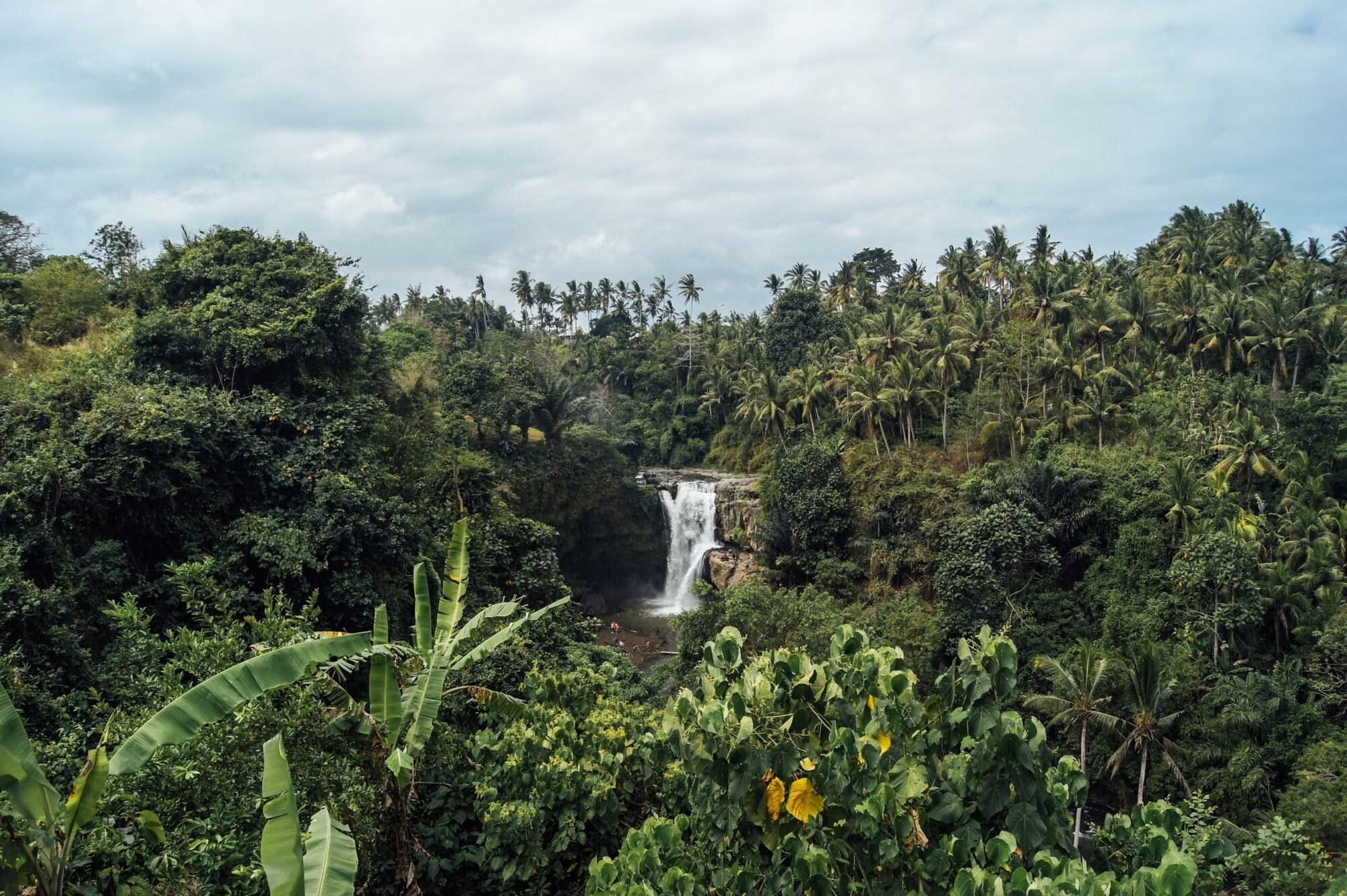Hidden Gems of Central Africa: Rainforests, Islands & Cultural Riches
Equatorial Guinea is a small but diverse country on Central Africa’s west coast, comprising a mainland region (Río Muni) and several islands, including the picturesque Bioko Island. Known for its lush rainforests, volcanic landscapes, and cultural diversity, Equatorial Guinea offers off-the-beaten-path adventures for curious travelers.
BEFORE YOU GO
1. Entry & Travel Requirements
- A valid passport with at least 6 months’ validity is mandatory.
- Visa required for most travelers; apply in advance through Equatorial Guinea embassies or via e-visa platforms.
- Recommended vaccinations: Yellow Fever (certificate required), Hepatitis A & B, Typhoid, and malaria prophylaxis.
- Travel insurance covering medical evacuation is highly recommended.
- Note: Equatorial Guinea has strict entry rules; check updated travel advisories.
2. Currency & Payments
- Currency: Central African CFA Franc (XAF)
- Cash is preferred; credit card acceptance is limited mostly to higher-end hotels in Malabo.
- ATMs are scarce outside the capital.
- Tipping is appreciated but not mandatory.
3. Language
- Official languages: Spanish, French, Portuguese
- Spanish is most widely spoken.
- Local languages include Fang, Bubi, and others.
- English is rarely spoken.
WHAT TO PACK & KNOW
What to Bring:
- Lightweight, breathable, and quick-dry clothing for tropical rainforest climate.
- Insect repellent, sunscreen, and hat.
- Good hiking shoes or boots.
- Rain jacket—rain is frequent year-round.
- Plug adapter Type C & E; electricity is 220V.
- Bring any necessary medications and a personal first-aid kit.
Getting Around:
- Limited domestic flights connect Malabo (Bioko Island) and Bata (mainland).
- Road infrastructure can be challenging outside major towns.
- Taxis and private cars are common in urban areas.
- Travel between islands requires boat or flight.
TOP DESTINATIONS & EXPERIENCES
Bioko Island
- The country’s most popular tourist spot with beaches, volcanic peaks (Pico Basile), and rainforests.
- Visit Malabo, the capital city, with colonial architecture and vibrant markets.
- Explore Rebola and nearby natural reserves.
Monte Alén National Park
- Mainland rainforest park home to diverse wildlife including gorillas, chimpanzees, and elephants.
- Guided tours are necessary for wildlife spotting.
Corisco Island
- Small, quiet island ideal for beachcombing, fishing, and relaxing away from crowds.
Malabo
- The capital city with Spanish colonial buildings, museums, and markets.
- Visit the Malabo Cathedral and National Museum.
Bata
- The largest city on the mainland with lively markets and coastal views.
FOOD & DRINK TO TRY
- Fish and seafood – Fresh from Atlantic waters, often grilled or stewed.
- Plantains, cassava, and yams – Staples served with spicy sauces.
- Peanut soup – Rich and flavorful, common in local cuisine.
- Mogo – A traditional root vegetable dish.
- Tropical fruits such as mango, papaya, and pineapple.
- Palm wine and locally brewed beers.
CULTURAL INSIGHTS & PRACTICAL TIPS
| Topic | What to Know |
| Time Zone | West Africa Time (WAT), UTC+1 |
| Safety | Exercise caution, especially outside major cities; stay informed on current travel advisories |
| Respect | Respect local customs and traditions; ask before photographing people or sacred sites |
| Transportation | Limited public transport; rely on taxis or arranged transport |
| Language | Learning basic Spanish phrases is helpful |
| Internet | Internet access is limited and slower outside urban centers |
FINAL TIPS FOR VISITING EQUATORIAL GUINEA
- Plan your trip well in advance due to visa and travel restrictions.
- Guided tours enhance safety and experience, especially in national parks.
- Carry sufficient cash as card payments and ATMs are limited.
- Respect the environment—Equatorial Guinea’s ecosystems are fragile.
- Connect with local guides to gain insight into the rich cultures and histories.
Bonus Equatorial Guinea Travel Pro Tip

